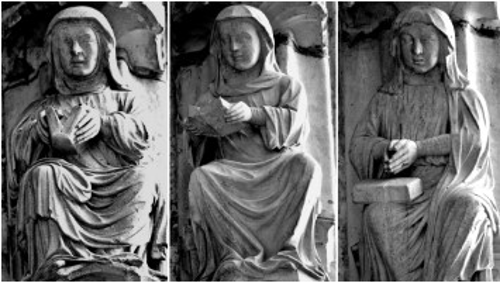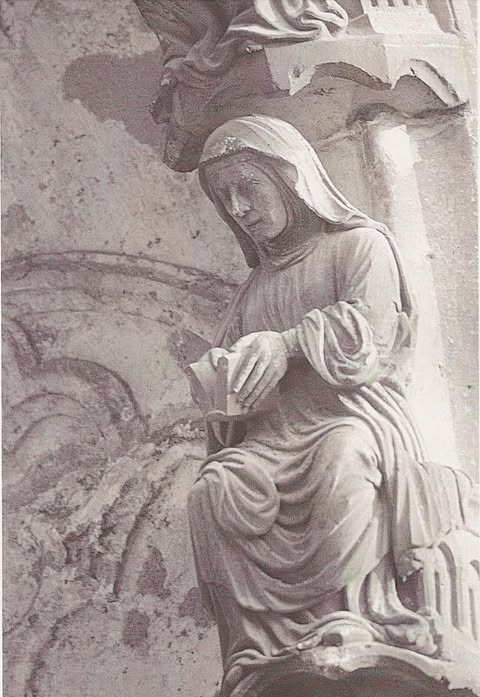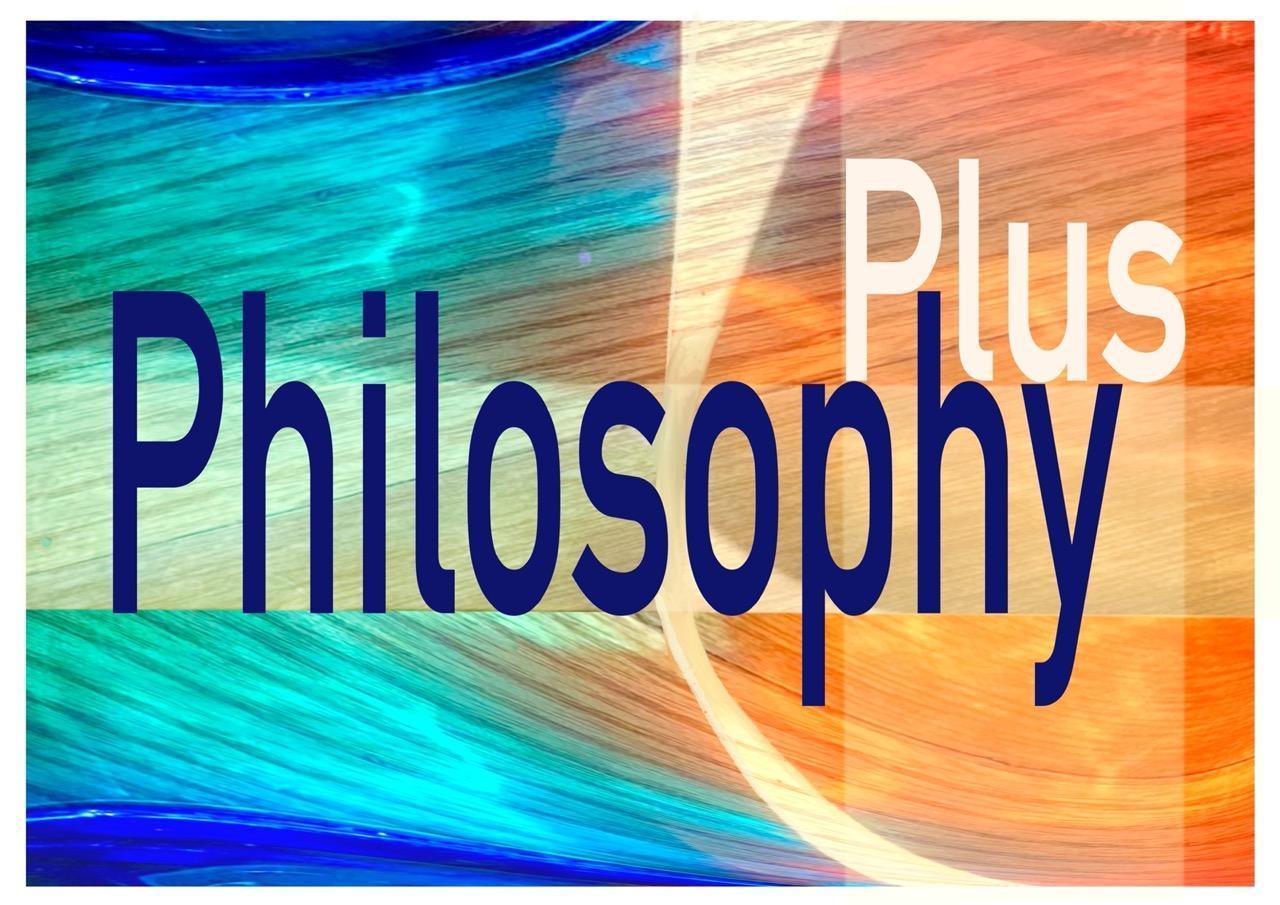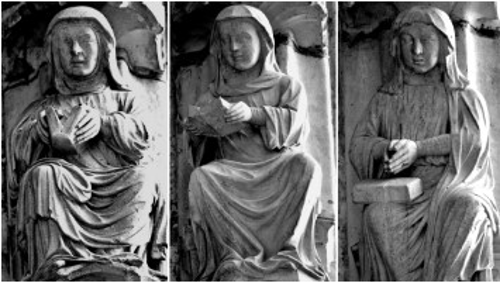
Meditation for study

What is meditation and what does it mean to 'meditate' the Philosophy of Freedom?
Meditation around the world
Around the world, it seems that meditation means different things to different people. For some, meditation is simply changing to a more relaxed state from a stressed or over-anxious state. At the moment a series on Netflix called ‘Headspace Guide to Meditation’ promises to guide us to explore the mind and discover how meditation can benefit us in our life, to introduce new techniques and tell us how they can be used for specific situations, in the hope that mediation will bring us "a greater sense of presence in our lives, avoid being distracted, enjoy life and connect with the people we care about most". Most meditations and teachings come from the East, we can learn about and choose varieties of meditation of, for example, Buddhist origin (Zen ‘Zazen’, Mindfulness, Vipassana, Loving-Kindness, Tibetan…) or from ancient or modern Indian Yogis (Chakra meditation, Kundalini, Yoga Nidra, Transcendental meditation…), from Taoist meditation (Zuo Wang…) and Confucian (Jing Zuo…). There are meditations and contemplative practices linked to the religions of Judaism Islam and Christianity. There are meditations based on contemplation, prayer, meditative reading, sitting quietly, concentration, ‘not-thinking and just being’, detaching from and observing thoughts, bodily postures, walking, martial arts, movement, dance and singing. New meditative practices are being invented, adapted and taught all the time.
Study Meditation

‘Lectio Divina’ or 'sacred reading', is a Christian meditation of sacred scriptures, and is done in three stages: in the Western Christian tradition, these stages are vocal prayer, mental prayer, and contemplative prayer. In the Eastern Christian tradition we have bodily prayer, prayer of the mind and prayer of the heart.
Study meditation is integral to Judaism, for example, the Pardes, the Four Levels of Torah Study, is a meditative study path, a deep exploration of knowledge in four stages, firstly the simple meaning (Pshat), second, noticing a hint or allegory towards deepning of consciousness, (Ramez), third the arising of insight into the moral meaning (Drash), and fourthly the mystical meaning (Sod).
The Talmudic Chavruta - meaning partnered study, involves studying in pairs, arguing and questioning one another to challenge assumptions and sharpen understanding, each pushing the other to an integrated understanding and deeper insight.
In the Kabbala, Hitbonenut, meaning contemplative study, is a kind of deep thinking, reflecting on a concept until it becomes ‘internalised’, for example meditating Shema Yisrael (God is One), to feel the unity in all existence.
What does Rudolf Steiner mean by meditation?
Steiner’s writings gives us indications and characterisations of what it means to meditate in his Anthroposophy, he brings us an archetypcal essence which can give rise to the multiple multiple forms of meditation existing or waiting to come into existence in the world.
We can say briefly that for Steiner meditation is a practice for deepening our consciousness, for developing inner awareness (rather than a tool for relaxation or mental clarity, although this might be part of it). Meditation is considered an essential practice for anyone freely seeking to grow spiritually and understand the deeper truths of life, the universe and ourselves as human beings. Meditation is by its nature practiced with intention and self-discipline, and involves focusing the mind, developing concentration, and transforming our ordinary everyday consciousness into a more awake, complete and aware state - this aware state is in fact our true state, what we can call our ‘true self’. Meditation is a transformation of thinking and the thoughts we develop and live by, an active work on our thinking which we are freely invited to take up, to prepare ourselves for and ‘raise ourselves’ to previously unobserved and known spiritual levels and realities, including contacting our own ‘higher self’.
After reading the above, we can pause and ask ourselves: How do I feel reading the above lines about Rudolf Steiner’s position on meditation? Does it of itself help me to understand meditation? Perhaps these words are satisfying for mapping out what meditation is (or isn't) for Steiner, for giving us an idea what it is all about, and for awakening some questions about what it could mean in our life if we took up the chalenge, however the words themselves remain an abstract description, easily 'forgotton'. This description is best taken as a kind of outer delineation of what Rudolf Steiner means by mediation, how it is distinguishable from the multiple interpretations in the world. These words can be seen as encasing a living essence of what it means to meditate - we an think of these words like a ‘seed casing’ which is itself hard and dead, but which encircles and enrobes the space and living essence of the ‘seed’ (meditation in this case) with all its living potentiality, at the same time separating this meaning from the wider world of meaning for meditation. The centre, the inside of the 'seed', is what it is to meditate, the experience itself, its experiential meaning. What is inside is best described by Rudolf Steiner himself, as his individual characterisations are in themselves meditations, which we are freely invited to meditate and experience for ourselves. Here are two examples;
- “When we strengthen and awaken the soul internally, so that we can hear and see our thoughts at the same time, then we have meditated. Meditation is a middle state. It is neither thinking nor perceiving. It is a thinking that lives as vividly in the soul as perception lives, and it is a perception that has no external part but has thoughts in the perception.”
- “We must have recourse to what may be called meditation. We are accustomed merely to allow ‘ideas’ or mental representations [Vorstellungen], whereby we perceive the world, to arise within us—merely to represent the outer world to ourselves with the help of such ideas. And for the last few centuries as human beings we have become so accustomed to copy merely the outer world in our ideas, that we do not realise our power of also forming ideas freely from within. To do this is to meditate; it is to fill our consciousness with ideas not derived from external Nature, but called up from within. In doing so we pay special attention to the inner activity involved. In this way we come to feel that there is really a ‘second human’ within, that there is something in humans that can really be inwardly felt and experienced just as, for example, the force of the muscles when we stretch out an arm. We experience this muscular force; but when we think we ordinarily experience nothing. Through meditation, however, it is possible to strengthen our power of thinking—the power whereby we form thoughts—that we experience this power inwardly, even as we experience the force of our muscles on stretching out an arm. Our meditation is successful when we are at length able to say: In my ordinary thinking I am really quite passive. I allow something to happen to me; I let Nature fill me with thoughts. But I will no longer let myself be filled with thoughts, I will place in my consciousness the thoughts I want to have, and will only pass from one thought to another through the force of inner thinking itself. In this way our thinking becomes stronger and stronger, just as the force of our muscles grows stronger if we use our arms. At length we notice that this thinking activity is a ‘tension’, a ‘touching’, an inner experience, like the experience of our own muscular force. When we have so strengthened ourselves within so that our thinking has this character, we are at once confronted in our consciousness by what we carry within us as a repetition of an ancient condition of the earth. We learn to know the force that transforms food substances within the body and retransforms them again. And in experiencing this higher human within, who is as real as the physical human, we come, at the same time, to perceive with our strengthened thinking the external things of the world." (GA 234, 20.01.1924)
How can we meditate these words on meditation?
For most people, at a first reading, the meaning of the above texts is not obvious in an intellectual sense, we have to struggle to understand what he is saying, and when we have worked out roughly how the words unfold to give meaning, we can be left unsatisfied, with a kind of 'abstract' understanding devoid of experiential meaning. Because of the special nature of Steiner's writings, this indicates precisely the need to meditate, to shift or open our consciousness in some way to understand in a different way at a different level. How should we begin?
- Devotion to truth (do I really want, of my own free will, to deepen my understanding, to learn something new, to change my way of thinking?)
- Quietness and inner calm (in this state I am able to quieten and calm my usual consciousness, and at the same time be closer to my true nature, and create an attentive space where I can be aware of something new)
These two qualities can be called upon and repeated throughout the process of meditating a text.

We can organize the deepening of our understanding towards a true, experiential understanding, into stages, rather like the Christian and Jewish meditative study traditions. Here is one outline example:
- Do my best to understand the text, perhaps I need to do some research, for example, into the meaning of specialised words, the etymology of key words, or the translation.
- Contemplate this meaning, perhaps read it out loud, and/or silently a few times, create a calm quite space and time in my inner consciousness to listen attentively and faithfully to what is actually being expressed.
- Take it in, take it to heart, what does my heart understand and feel? Perhaps I will or want to do something as a result of this new understanding?
- Contemplate further - formulate questions, take time over areas where I am not understanding - perhaps I need to leave some time for the deeper meaning to emerge in me, being attentive to new thoughts as and when they arise...
- ...continue to deepen my understanding, engaging more and more of my whole being, towards a whole human understanding.
Exercise: After reading this article so far, and after meditating the two examples of Rudolf Steiner's writing on meditation, how would I describe for myself the essence of meditation?
Meditating the Philosophy of Freedom

Steiner gives indications of how his book should be studied, (which we can read in Otto Palmer’s book ‘Rudolf Steiner on his Philosophy of Freedom’ ) all of which can be gathered under the term 'meditation'. This book is not meant to be read in a purely intellectual way, although it is possible to appreciate how logic and reason align with the development of his ideas.
Rudolf Steiner’s book is the fruit of a very special way of working, and is designed to be meditated, experienced in our inner being, to be a kind of lectio divina or ‘sacred reading’, and rather like the ‘Pardes’, it begins with a clear cognitive starting point and understanding in ordinary intellectual consciousness and intensifies from there.


